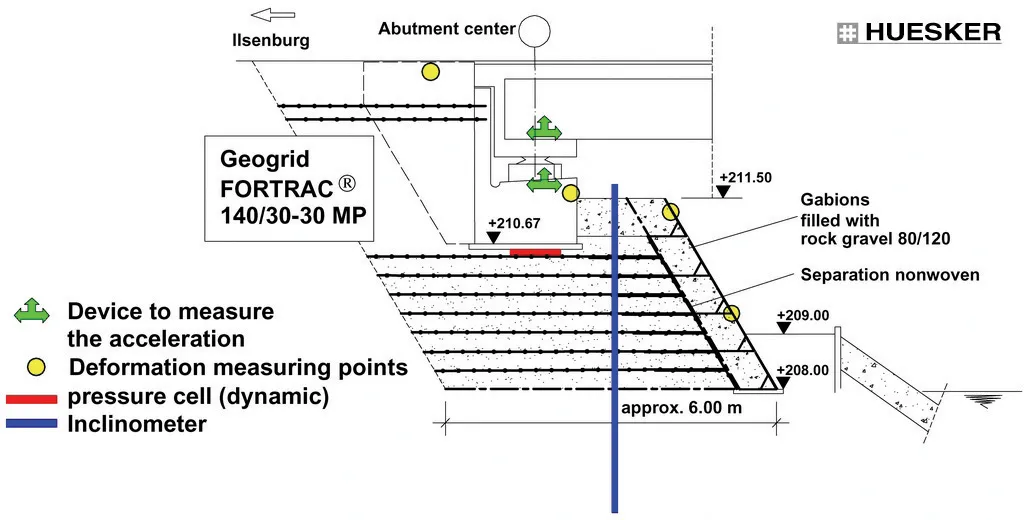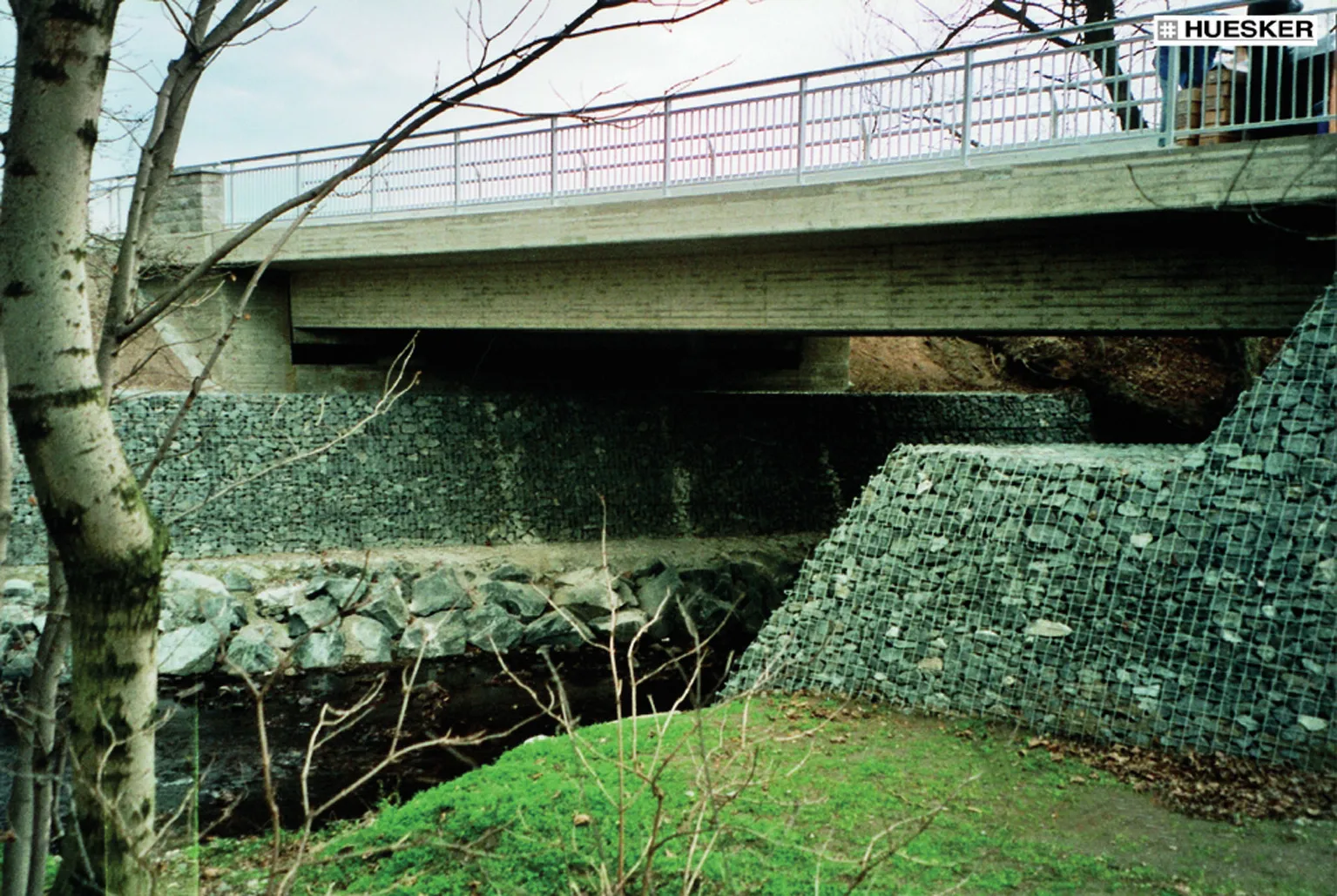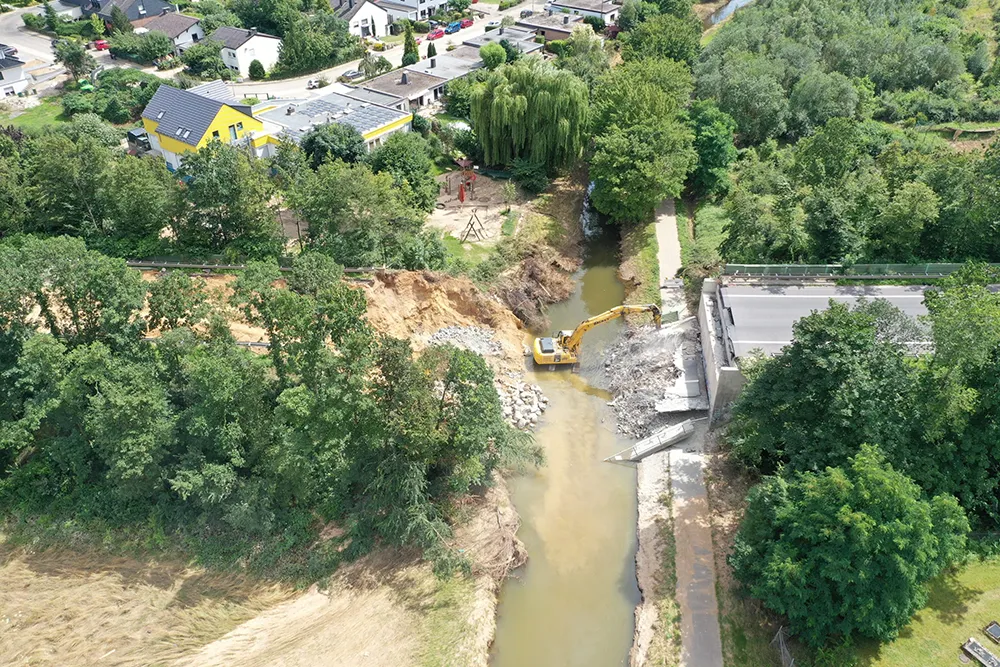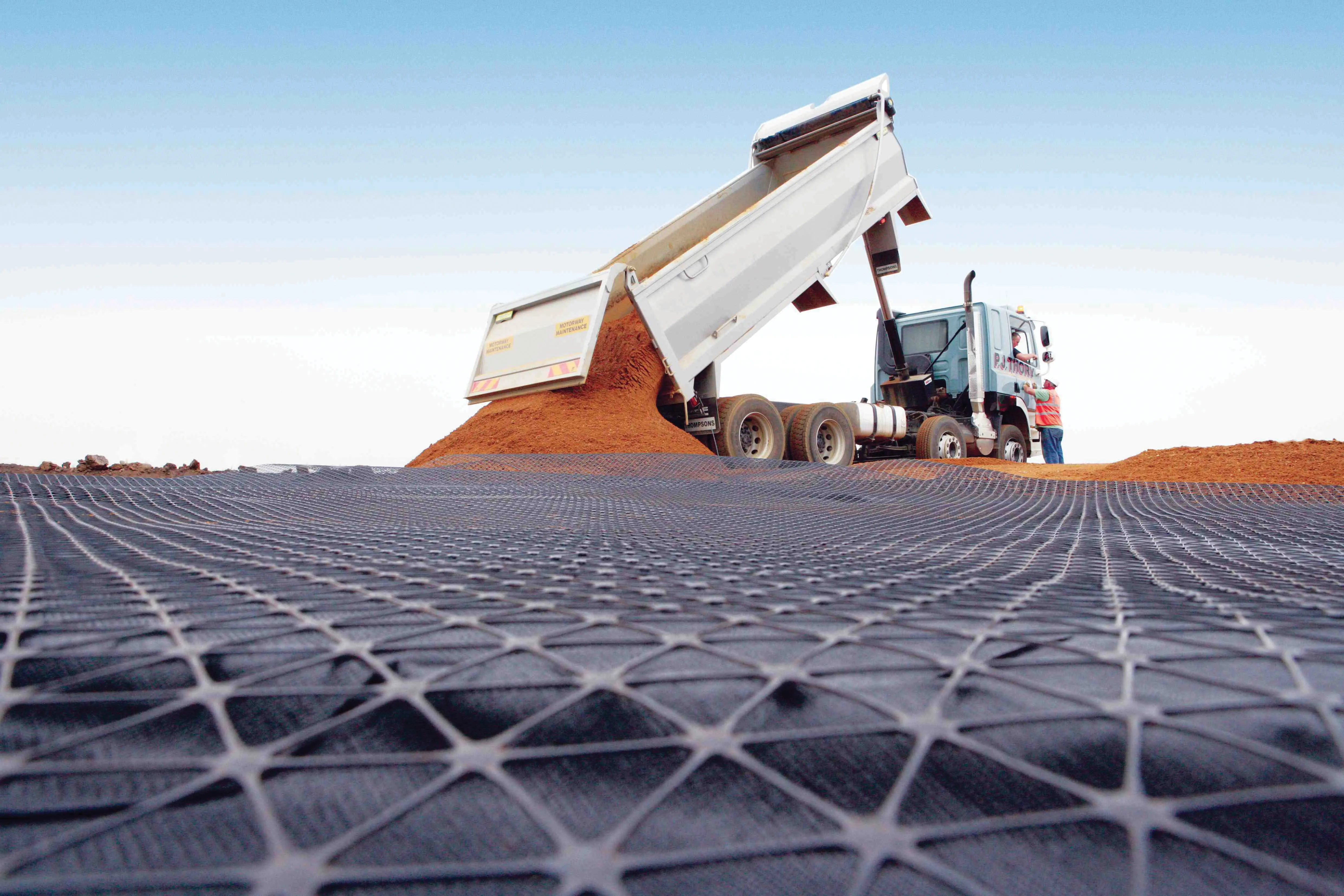NAUE is offering its 2016 update to its SecuSlope design software for mechanically stabilised earth (MSE) applications. The SecuSlope 3.0 package is said to be a user-friendly, interactive, design-orientated program for designing geogrid-reinforced slopes, walls, and abutments. Based upon a user’s project-specific inputs, the English language software produces optimal geosynthetic reinforcement layouts based on geogrid type, length and spacing. Factors used by the software include reinforcement strengths, r
March 9, 2016
Read time: 1 min

The SecuSlope 3.0 package is said to be a user-friendly, interactive, design-orientated program for designing geogrid-reinforced slopes, walls, and abutments. Based upon a user’s project-specific inputs, the English language software produces optimal geosynthetic reinforcement layouts based on geogrid type, length and spacing. Factors used by the software include reinforcement strengths, reduction factors, design safety factors, pore-water pressure, and seismicity.
SecuSlope 3.0 is fully updated for state-of-practice use with FHWA (limit equilibrium), BS 8006 (ultimate limit state), and EuroCode 7 (EC7) following the German EBGEO (Recommendations for Design and Analysis of Earth Structures using Geosynthetic Reinforcements) design guide.









